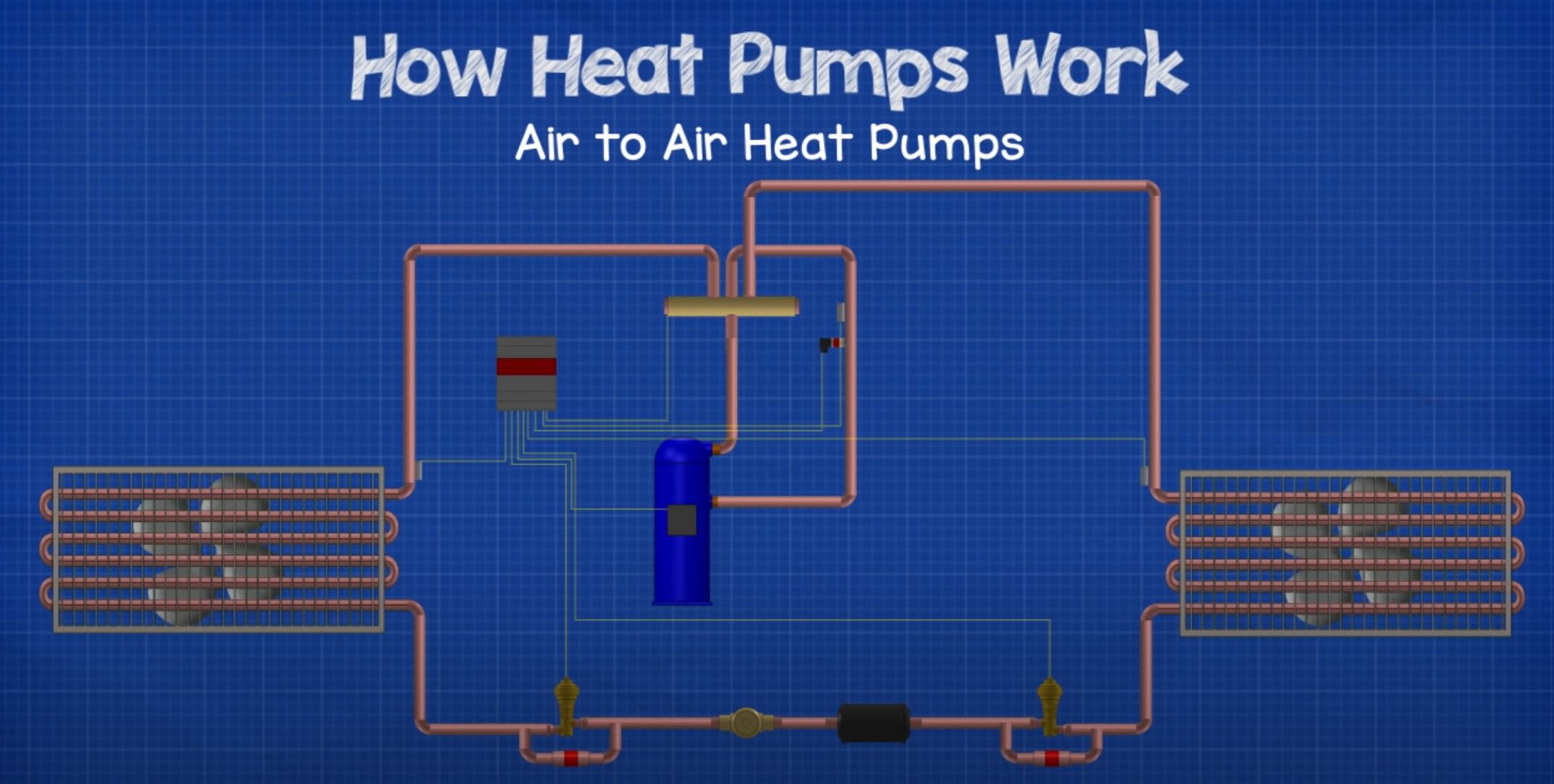What Is A Heat Pump In A Central Air Conditioning System
What Is A Heat Pump In A Central Air Conditioning System
Unraveling the intricacies of central air conditioning systems, this article elucidates the pivotal role of heat pumps. The subsequent discourse offers a comprehensive examination of their benefits and drawbacks, thereby assisting in informed decision-making for HVAC system installations. This exploration aims to empower individuals with technical knowledge while fostering a sense of belonging within the community of conscientious homeowners and professionals.
Key Takeaways
- A heat pump in a central air conditioning system facilitates heat transfer between locations and maintains optimal temperature and comfort levels.
- Regular maintenance, such as inspections and cleaning, is essential for ensuring pump efficiency and reducing operational costs.
- Using a heat pump in a central air conditioning system can lead to significant energy savings, reduced utility bills, and long-term cost savings.
- However, there are drawbacks to consider, such as high upfront installation costs and reduced effectiveness in extreme cold temperatures, requiring careful consideration of climate and location.
Understanding the Role of a Heat Pump in a Central Air Conditioning System
The role of a heat pump in a central air conditioning system is pivotal as it facilitates the transfer of heat from one location to another, thereby maintaining optimal temperature and comfort levels. Essentially, this component operates on the principle of thermal energy transfer, extracting heat from external sources and delivering it to desired spaces within the interior environment.
The operation efficiency of these pumps can significantly impact overall system performance. Pump Efficiency refers to its ability to convert electrical power into useful thermal energy effectively. High-efficiency models reduce operational costs while ensuring consistent delivery of comfortable temperatures.
System Maintenance is key in preserving pump efficacy and longevity. Regular inspection for leaks or malfunctions, cleaning clogged filters, and annual professional servicing contribute towards maintaining optimal working conditions.
Moreover, understanding the intricacies of Heat Pump operations adds value to decision-making regarding HVAC investments. It fosters an appreciation for the complexities involved in achieving indoor comfort while promoting responsible usage habits that could potentially lead to significant cost savings over time.
Benefits and Drawbacks of Using a Heat Pump in Your Central Air Conditioning System
Examining the advantages and disadvantages of integrating this particular component into a residential cooling setup warrants careful consideration. The principal benefit of using a heat pump in a central air conditioning system is its energy efficiency. This system transfers heat rather than generating it, resulting in significant energy savings over conventional HVAC systems.
However, the initial cost analysis may reveal high upfront expenses for installation compared to traditional systems. Despite the high initial cost, the operational efficiency of heat pumps often results in reduced monthly utility bills, leading to long-term savings that offset the installation costs.
Heat pumps also provide both heating and cooling capabilities from one device, which reduces equipment redundancy. Nevertheless, their effectiveness can be compromised in regions with extreme cold temperatures due to limited ambient heat available for extraction.

